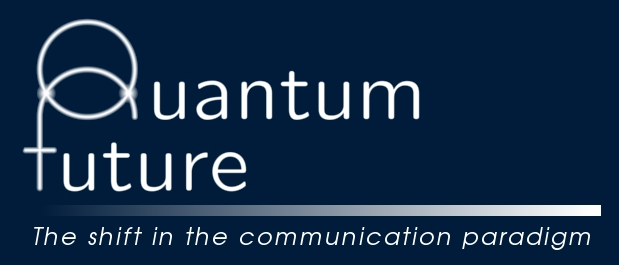
I. Capraro1, A. Tomaello1, A. Dall’Arche1, F. Gerlin1, R. Ursin2, G. Vallone1, and P. VilloresiF. Vedovato1, C. Agnesi1,M. Tommasin1,M. Avesani1,Jan-Ake Larsson2,G. Vallone1,3, P. Villoresi1,31
Phys. Rev. Lett. 121, 190401 (2018)
DOI:10.1103/PhysRevLett.121.190401
1Department of Information Engineering, University of Padova, via Gradenigo 6/B, 35131 Padova, Italy
2Institutionen for systemteknik, Linkopings Universitet, 581 83 Linkoping, Sweden
3Istituto di Fotonica e Nanotecnologie, CNR, Padova, Italy
Entanglement is an invaluable resource for fundamental tests of physics and the implementation of quantum information protocols such as device-independent secure communications. In particular, time-bin entanglement is widely exploited to reach these purposes both in free-space and optical fiber propagation, due to the robustness and simplicity of its implementation. However, all existing realizations of time-bin entanglement suffer from an intrinsic post-selection loophole, which undermines their usefulness. Here, we report the first experimental violation of Bell’s inequality with “genuine” time-bin entanglement, free of the post-selection loophole. We modify the setup by replacing the first passive beam-splitter in each measurement station with an additional interferometer acting as a fast optical switch synchronized with the source. Using this setup we obtain a post-selection-loophole-free Bell violation of more than nine standard deviations. Since our scheme is fully implementable using standard fiber-based components and is compatible with modern integrated photonics, our results pave the way for the distribution of genuine time-bin entanglement over long distances.
